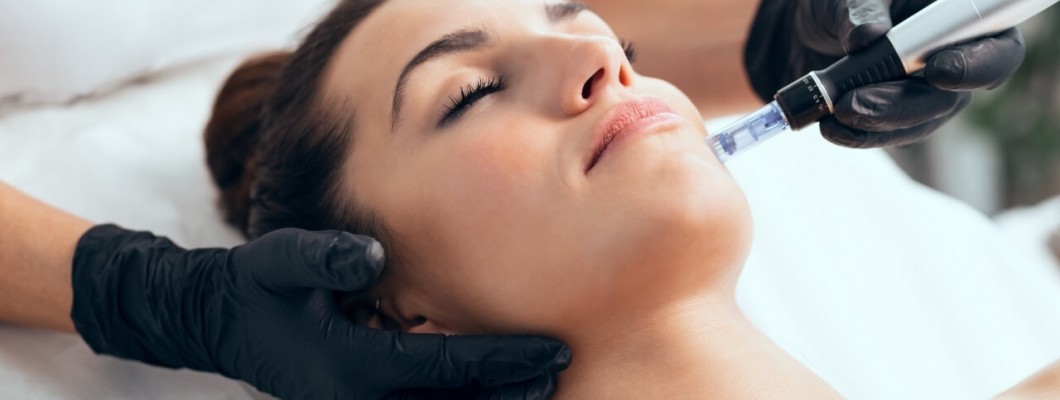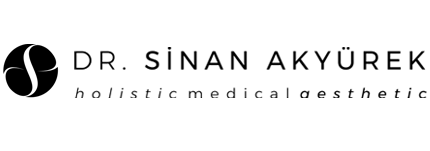
Mesotherapy is a modern and effective medical aesthetic procedure used to improve skin health, reduce signs of aging, and prevent hair loss. This method involves injecting vitamins, minerals, amino acids, and other active ingredients into the skin using fine needles. Its ability to provide quick and lasting solutions to skin problems has made it increasingly popular in recent years. So, what is mesotherapy, how is it performed, and in which cases is it preferred?
Definition and History of Mesotherapy
Mesotherapy is a technique developed in the 1950s by French doctor Michel Pistor. Initially used for pain treatment, this method eventually proved effective in aesthetics, gaining recognition for its transformative results. Today, mesotherapy is successfully applied for facial rejuvenation, hair loss treatment, and localized slimming, among other uses.
How Is Mesotherapy Performed?
Mesotherapy is carried out in a sterile and professional environment by a qualified doctor or aesthetician. The procedure generally involves the following steps:
- Skin Analysis and Preparation: The skin type and needs are assessed before the treatment. If necessary, the area is numbed with local anesthesia.
- Injection: Specially prepared mixtures are injected into the middle layer of the skin (mesoderm) using micro-needles.
- Recovery Process: After the procedure, there may be mild redness or sensitivity, but these effects typically subside quickly.
When Is Mesotherapy Used?
Mesotherapy is an effective treatment for various skin and hair issues. Its application areas include:
- Skin Rejuvenation: Reduces wrinkles, fine lines, and blemishes on the skin.
- Hair Loss: Nourishes hair follicles to stop hair loss and strengthen the hair.
- Localized Slimming: Reduces fat deposits to achieve localized slimming.
- Cellulite Treatment: Minimizes the appearance of cellulite and tightens the skin.
Advantages of Mesotherapy
The popularity of mesotherapy stems from its wide-ranging advantages:
- Direct Targeting: Delivers fast results by acting directly under the skin.
- Minimally Invasive: Being a non-surgical procedure, it involves minimal recovery time.
- Personalized Treatment: Customized mixtures are prepared to address each individual’s unique needs.
Who Is Mesotherapy Suitable For?
Mesotherapy is generally suitable for individuals over 18 who do not have significant health issues. It is not recommended for pregnant or breastfeeding women or those with active infections. A thorough evaluation by a doctor before the procedure is crucial.
Post-Treatment Care for Mesotherapy
Here are some essential tips to follow after the treatment:
- Avoid applying makeup or exposing the skin to direct sunlight for the first 24 hours.
- Maintain a proper skincare routine and use recommended products.
- Refrain from activities such as exercise, sauna, or steam baths immediately after the procedure.
Risks and Side Effects of Mesotherapy
Mesotherapy is generally a safe method. However, it is crucial to have the procedure performed by a qualified professional. Rare side effects may include redness, bruising, or slight swelling, which usually subside within a few days.
Mesotherapy is a reliable and effective method for improving skin and hair health. From reducing wrinkles to preventing hair loss, it offers quick results in various areas. By consulting a specialist beforehand, you can create a treatment plan tailored to your needs. For a healthy and youthful appearance, mesotherapy is a powerful tool in modern aesthetics.
Frequently Asked Questions
Does mesotherapy hurt?
Minimal discomfort may be experienced during the procedure, but local anesthesia significantly reduces this sensation.
When are the results visible?
Noticeable improvements are seen after the first few sessions, though multiple sessions may be required for full effect.
Is mesotherapy permanent?
While its effects are long-lasting, regular maintenance and occasional repeat sessions are recommended.

Leave a Comment